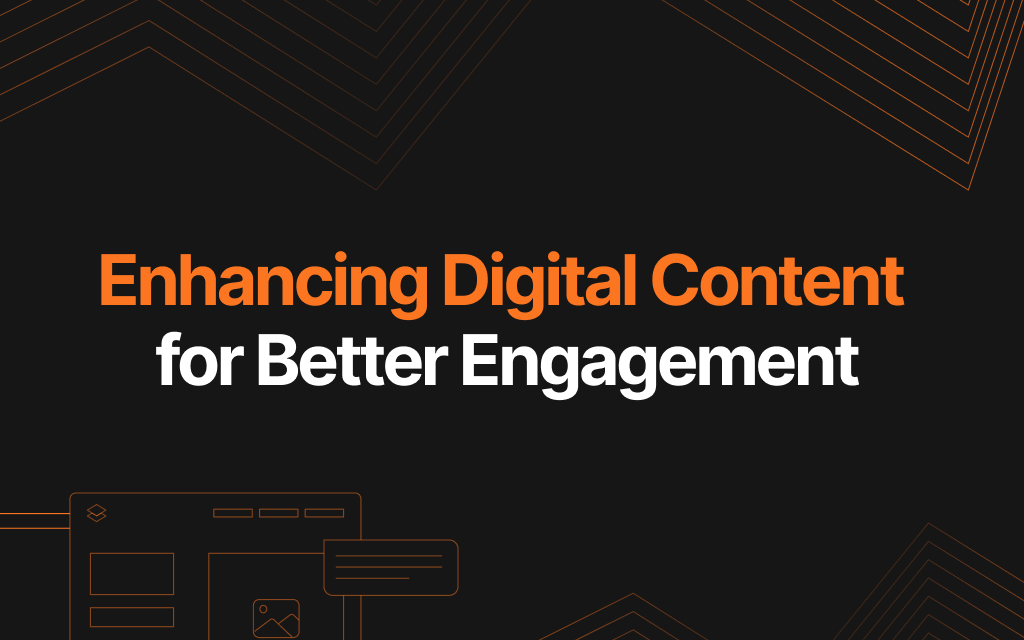Poor presentation can kill promising ideas too quickly
We can all agree on this – the hardest part of design is presenting our work. For many designers, the fear of presenting to a client is the thought that your presentation can either make or break the deal. The way an idea is presented plays a huge difference in helping clients see from our point of view, to better describe our design solution.
At JIN Design, we follow a 5-rules guide when doing concept presentation. For aspiring designers out there, pen down a tip or two! ? Our rules might just come in handy for you one day.
1. Present in context
The biggest mistake to make in concept presentation is to describe all the visual features of the interface design. Yes, client does want to see how beautiful the website or app interfaces is, but they care more about whether your proposed design can solve their problem and meet their business goal.
The first step of presentation is to show the client that you understand the problem that your design is intended to solve. Focus on the meaning behind the design instead of talking about the aesthetic.
At the start of every concept presentation, we will always show the project scope and the list of problems we will be solving (which shall be established at the start of the project), to align with the client’s thinking and set their expectation. Personally, I like to name my concept – this sets the context of my idea and provide a clear line of my design strategy.
“Aesthetic presentation should only focus on the the key elements that support the success criteria of your design.”
2. Always present in person
One time, due to the client’s busy schedule, we were only able to send our design prototype through email and the feedback received were less than desirable. There were so many questions that we could have answered directly, if a formal presentation was set.
From there, we learned our lesson and told ourselves that we must not allow such situation to happen again!
It’s a presentation. We need to be present – in person – to provide clarity and convey our concept clearly. Sending out the prototype or presentation changes the way we want our work to be presented as we have no control over how the client look at our design.
Furthermore, in a physical presentation, you will be able to guide your client to give you the relevant feedback and meet your goal of the meeting to confirm a certain subject matter, instead of just getting feedback on colors, typefaces and all the other stuff you may not want.
3. Be prepared
Being able to present your idea clearly and achieve your goals require a lot of planning and rehearsing.
Prepare a well-designed & nicely branded presentation template with a clear agenda and content structure to bring your client through your thought process. Don’t just throw in your wireframes or mock-up screens and assume your client know what that is. To avoid confusion, include some short notes in your slide, and explain to them in detail during your presentation.
4. Keep the bigger picture in mind
When gathering feedback after presentation, don’t get drowned in the sea of details like corner rounding, colours they dislike or other wild ideas they want try out.
Even with a strong opinion that their feedback and suggestions will not work, explain clearly your thought process instead of rejecting their opinions upfront. Try to explain to them on what might happen and the potential risk, if their suggestion is implemented, before offering them another solution. Put your design in context of the bigger picture and address how your design serve the business goals/meet the user requirements effectively.
5. There’s no need to present multiple design concepts
Unlike other design agencies, we are not in the favour of presenting multiple designs. We believe that the reason a client hire us is because we are the expert in designing a solution for their problem. Educate and advise your client on why your approach is the best in meeting their business goals/the user requirements.
Presenting multiple options may work against you and serve as a disservice to your client – it is as if leaving it up to the client to make the decision, rather than saying “we are the experts, we know best”.
You may wonder – Yunying, how can you be so confident of your design solution? how can you be so confident in explaining all the design decisions made and why you took certain approaches?
Well, if you’d like to know, stay tune to my next blogpost!












